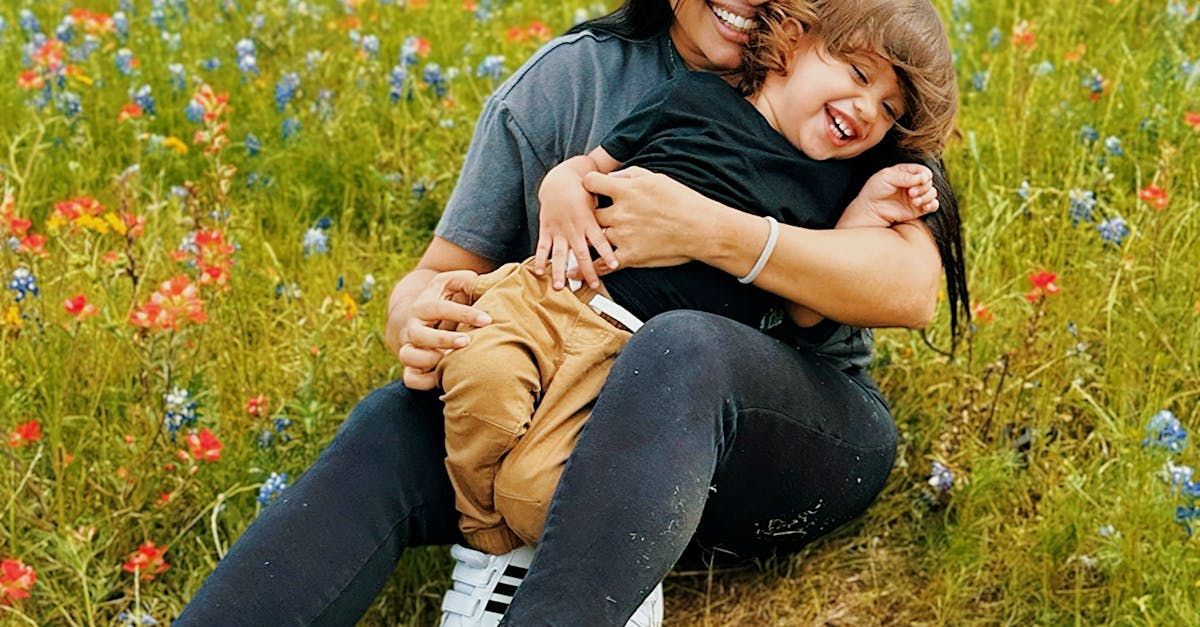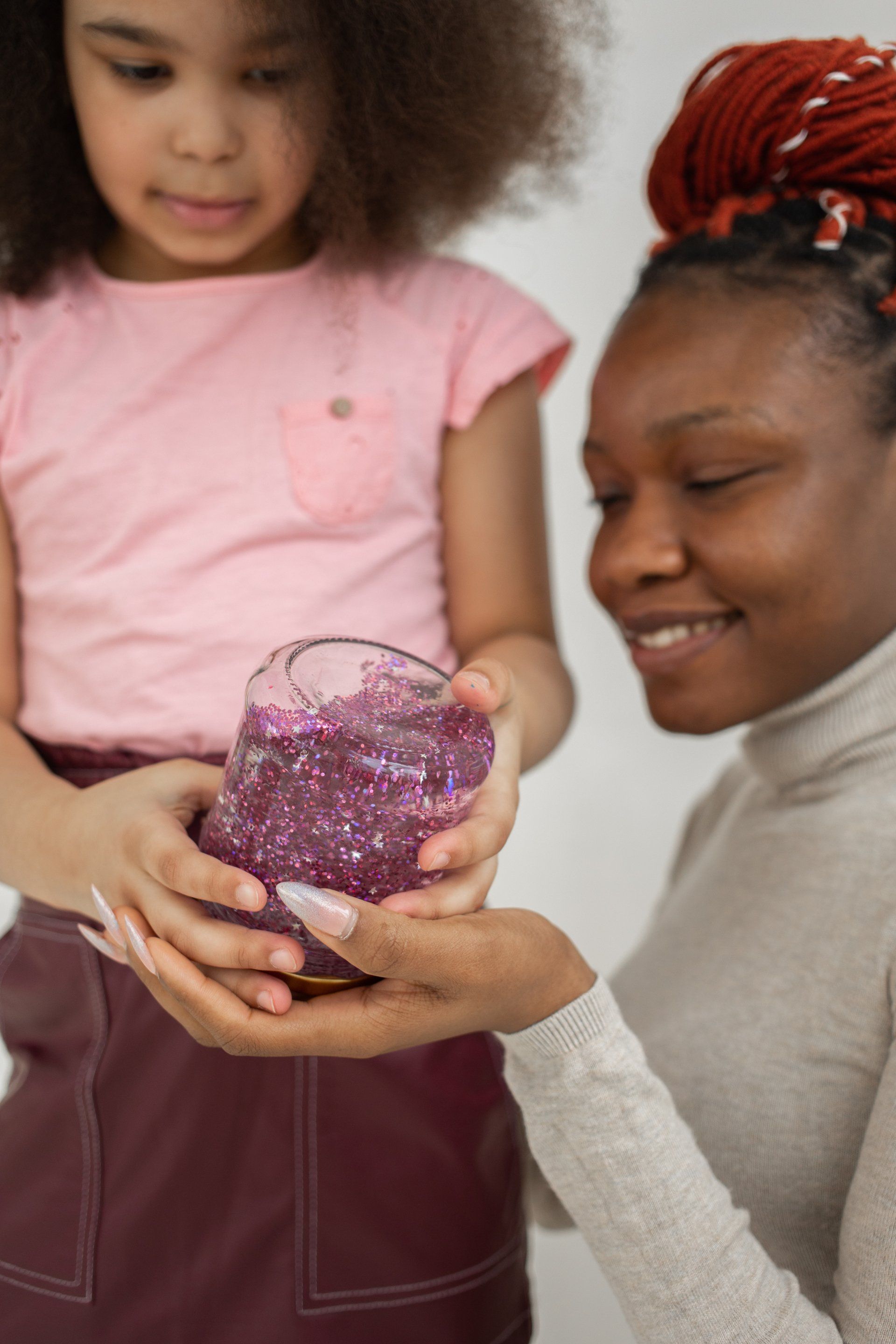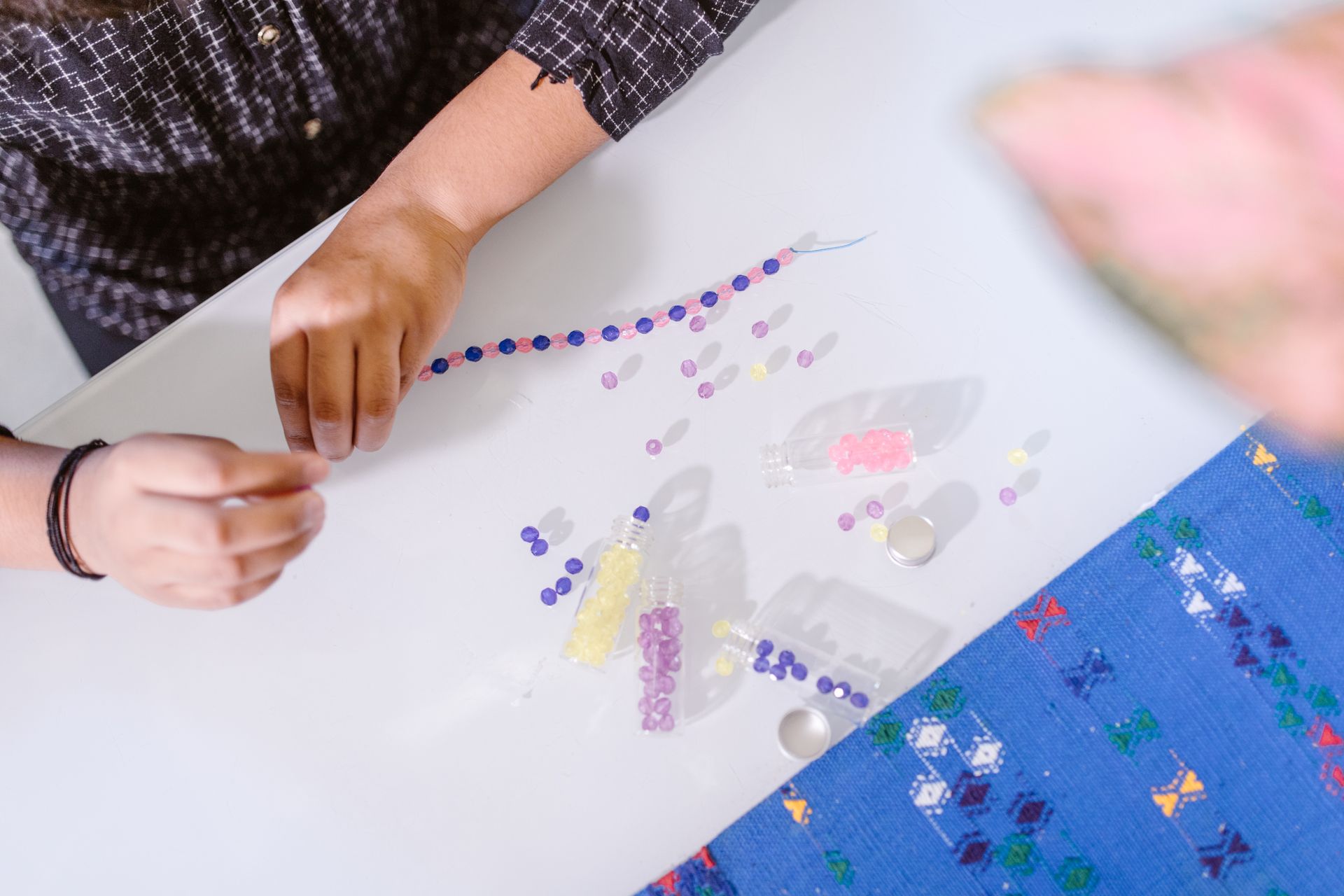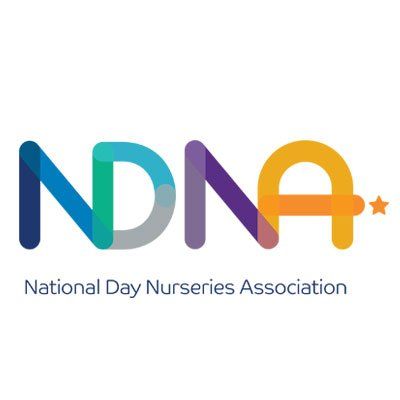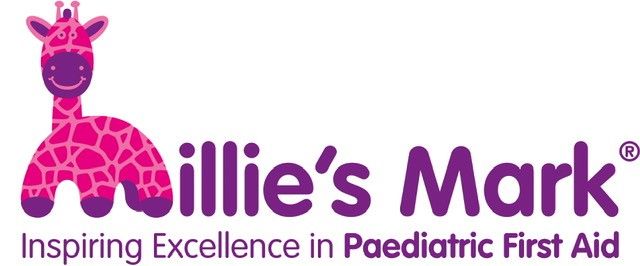Positive Affirmations for Kids
Positive Affirmations for Kids

Positive affirmations are powerful statements that help individuals develop a positive mindset and boost self-confidence. For children, especially those aged 0-5, these affirmations can play a crucial role in their emotional and social development. This article aims to educate parents and early years educators on how to effectively use positive affirmations to foster a positive environment for young children.
Understanding Positive Affirmations
Positive affirmations are simple, positive statements that can help reprogram the subconscious mind to encourage positive thinking. Research has shown that these affirmations can improve self-esteem, reduce stress, and enhance overall well-being. For young children, positive affirmations can lay the foundation for a healthy self-image and emotional resilience.
Benefits of Positive Affirmations for Young Children:
- **Increased self-esteem:** Positive affirmations help children develop a sense of self-worth and confidence.
- **Better emotional regulation:** Affirmations can assist children in managing their emotions and developing coping skills.
- **Enhanced social skills:** Children who use positive affirmations are more likely to engage positively with peers and adults.
Studies in psychology have demonstrated that when children regularly hear positive statements about themselves, it influences their behaviour and thought patterns. This is particularly important during the early years when their brains are highly receptive to new information and learning.
Teaching Children the Power of Positive Thinking
Introducing positive affirmations to young children can be both fun and effective. Here are some strategies for parents and educators:
1. **Model Positive Behaviour:** Demonstrate the use of affirmations in your daily life. Children learn by observing the adults around them. When they see you practicing positive affirmations, they are more likely to mimic this behaviour.
2. **Incorporate Affirmations into Daily Routines:** Use affirmations during routine activities such as brushing teeth, getting dressed, or before bedtime. This helps make affirmations a natural part of their day.
3. **Use Visual Aids:** Create affirmation cards or posters and place them where children can see them daily. Visual reminders can reinforce the affirmations and make them more engaging.
4. **Make it Fun:** Turn affirmations into songs, games, or stories to keep children engaged. For example, you could create a morning song that includes various affirmations.
Examples of Positive Affirmations for Kids:
- "I am brave."
- "I am kind."
- "I can do hard things."
- "I am loved."
- "I am smart."
- "I am important."
These affirmations are simple, yet they carry powerful messages that can significantly influence a child's self-perception and behaviour.
Daily Affirmations to Boost Kids' Confidence
Here is a list of effective affirmations for children aged 0-5. These can be used daily to help boost their confidence and emotional well-being:
Morning Affirmations:
- "Today is going to be a great day."
- "I am ready to learn new things."
- "I am full of energy and ready to play."
- "I will be kind to others."
Affirmations for Facing Challenges:
- "I can try my best."
- "It's okay to make mistakes."
- "I can ask for help when I need it."
- "I am strong and capable."
Bedtime Affirmations:
- "I did my best today."
- "I am proud of myself."
- "I am safe and loved."
- "I can relax and have peaceful dreams."
Personalising Affirmations:
Each child is unique, and their affirmations should reflect their individual needs and personality. Parents and educators can create personalised affirmations by observing the child’s strengths and areas for growth. For example, if a child is working on sharing with others, an affirmation like "I am good at sharing" can be very effective.
Role-Playing and Storytelling:
Use role-playing and storytelling to reinforce affirmations. Create stories where the characters use positive affirmations to overcome challenges, and encourage children to act out these scenarios. This method not only makes affirmations more engaging but also helps children understand how to apply them in real-life situations.
Creating a Positive Environment
A supportive and encouraging environment is essential for the effectiveness of positive affirmations. Here are some tips for parents and educators:
1. **Encouraging Words:** Use positive language when speaking to children. Praise their efforts and accomplishments. For example, instead of saying "You are messy," you could say "You did a great job playing; let's clean up together."
2. **Activities and Games:** Incorporate activities and games that promote positive thinking, such as drawing, crafting, and imaginative play. Activities like creating a "positivity jar" where children can place notes with positive affirmations can be both fun and reinforcing.
3. **Supportive Classroom Environment:** Educators should create a classroom atmosphere that fosters kindness, respect, and positive interactions. Classroom rules can include positive affirmations such as "We believe in ourselves" and "We help each other."
Overcoming Challenges
Introducing positive affirmations to young children can come with challenges. Here are some common obstacles and solutions:
1. **Inconsistency:** It can be difficult to remember to use affirmations regularly. **Solution:** Set reminders or incorporate them into existing routines. For instance, having a set time each day, like during morning circle time or before meals, can help make it a habit.
2. **Skepticism:** Some caregivers or educators may be skeptical about the effectiveness of affirmations. **Solution:** Share research and success stories to demonstrate their benefits. Explain how positive affirmations can contribute to a child's overall development and well-being.
3. **Children's Resistance:** Some children might not respond immediately to affirmations. **Solution:** Be patient and persistent, and make the process enjoyable and engaging. Offer plenty of praise and encouragement as they begin to use affirmations more frequently.
Conclusion
Positive affirmations are a simple yet powerful tool that can significantly impact a child’s emotional and social development. By incorporating affirmations into daily routines and creating a supportive environment, parents and educators can help children aged 0-5 develop a positive mindset and boost their confidence. Start today, and witness the transformative power of positive thinking in your child's life.
FAQ
What are positive affirmations?
Positive affirmations are simple, positive statements that help encourage positive thinking and self-confidence.
How often should I use positive affirmations with my child?
It's beneficial to incorporate affirmations into daily routines, such as during morning activities, throughout the day, and at bedtime.
Can positive affirmations really make a difference at such a young age?
Yes, positive affirmations can help young children develop a strong sense of self-worth and emotional resilience, which are crucial for their overall development.
What if my child doesn’t respond well to affirmations?
Be patient and persistent. Make the process fun and engaging, and try to incorporate affirmations into activities your child enjoys.
GLOBAL KIDS DAY CARE LIMEHOUSE
Lascar Wharf Community Centre, Limehouse, London, E14 7FN. | Tel: 0207 001 1210 Email: limehouse@globalkidsdaycare.co.uk
GLOBAL KIDS DAY CARE MILE END
21 Burdett Road, Mile End, London, E3 4TU. | Tel: 0208 980 1706 Email: mile-end@globalkidsdaycare.co.uk
GLOBAL KIDS DAY CARE ALDGATE EAST
52 Old Castle Street, Aldgate East, London E1 7AJ. | Tel: 0203 302 7800 / Mobile: 07823 770035 | Email: aldgateeast@globalkidsdaycare.co.uk
Opening Times: 8am - 6pm

